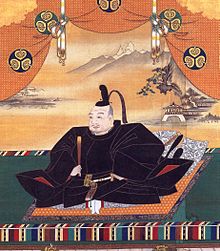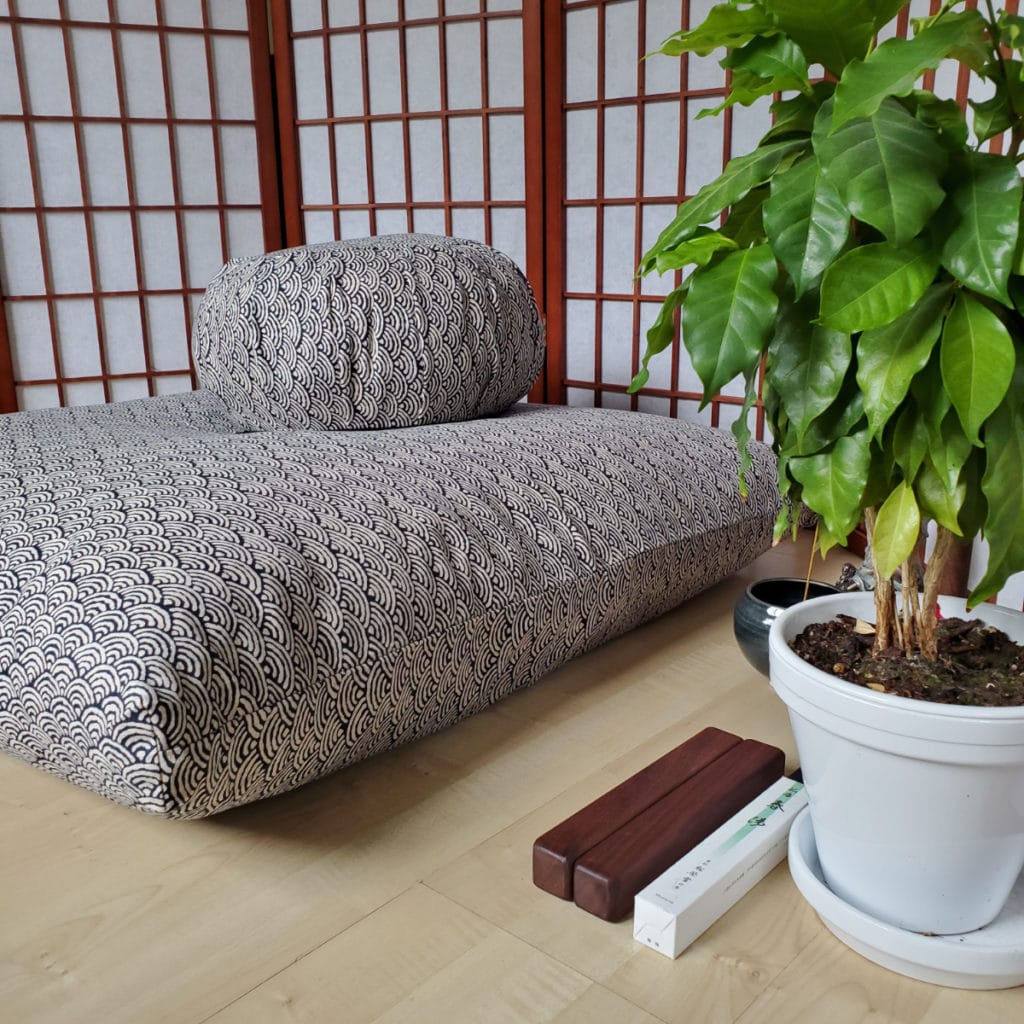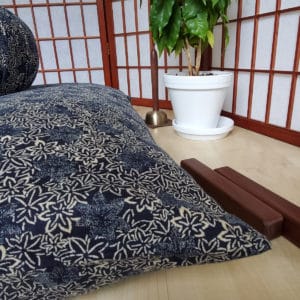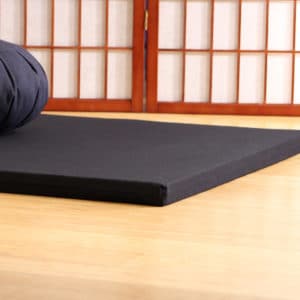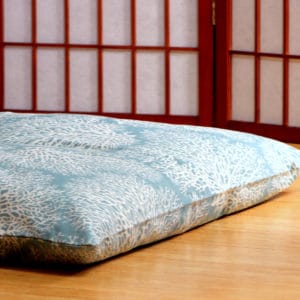
The zabuton is a traditional Japanese cushion that has been used for centuries. Its history can be traced back to the Edo period (1603-1868), when it was primarily used in Zen meditation practices. The word “zabuton” is derived from the Japanese words “za” (sitting) and “buton” (cushion), which accurately describes its function.
Prior to the introduction of cotton into Japan, it was common to sit on a round enza cushion, which was stuffed with straw. In the 1400s Japan imported cotton from China, and in the 1500s they began to grow it domestically, especially in the western regions of the islands, where the climate was moderate and the land fertile.
During the Edo period, Zen Buddhism became increasingly popular in Japan, and Zen meditation practices began to spread. As a result, the cotton-stuffed zabuton became an essential item in Zen temples and was used by practitioners during their meditation sessions. The cushion provided a comfortable and stable base for the meditator to sit on, allowing them to focus on their breath and attain a state of deep concentration.
Over time, the zabuton became popular not only in Zen temples but also in households. It was used as a cushion for seating, sleeping, and even as a decorative item in traditional Japanese homes. The design of the zabuton evolved over time, with different sizes and shapes being developed for different purposes.
Today, the zabuton is still widely used in Japan and has also gained popularity in other parts of the world. It is often used in yoga and meditation practices, as well as for seating and sleeping. Modern variations of the zabuton can also be found, with some featuring innovative designs and materials. Still Sitting offers zabutons filled with cotton batting, and a sleek folding zabuton filled with comfortable foam.
The zabuton has a rich history that spans centuries and is deeply rooted in Japanese culture. It has served as a tool for meditation, a cushion for seating and sleeping, and a decorative item. Its simple yet functional design has stood the test of time, and it continues to be used by people around the world seeking to achieve a state of mindfulness and inner peace.
-
Product on saleKyoto Collection ZabutonsFrom:
$118.00$108.00 -
Folding Zabuton$118.00
-
Product on saleRegular ZabutonFrom:
$79.00$69.00

